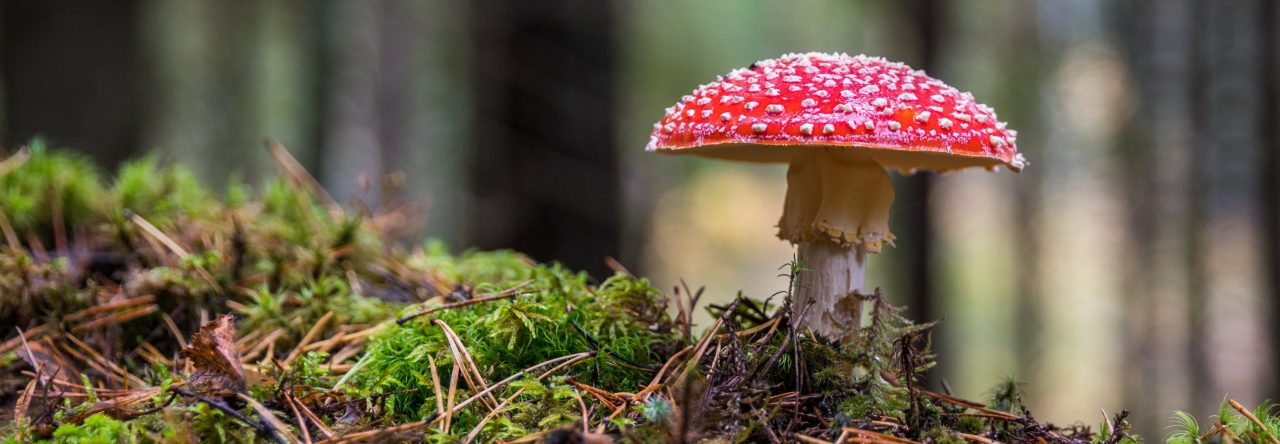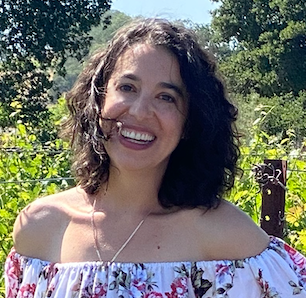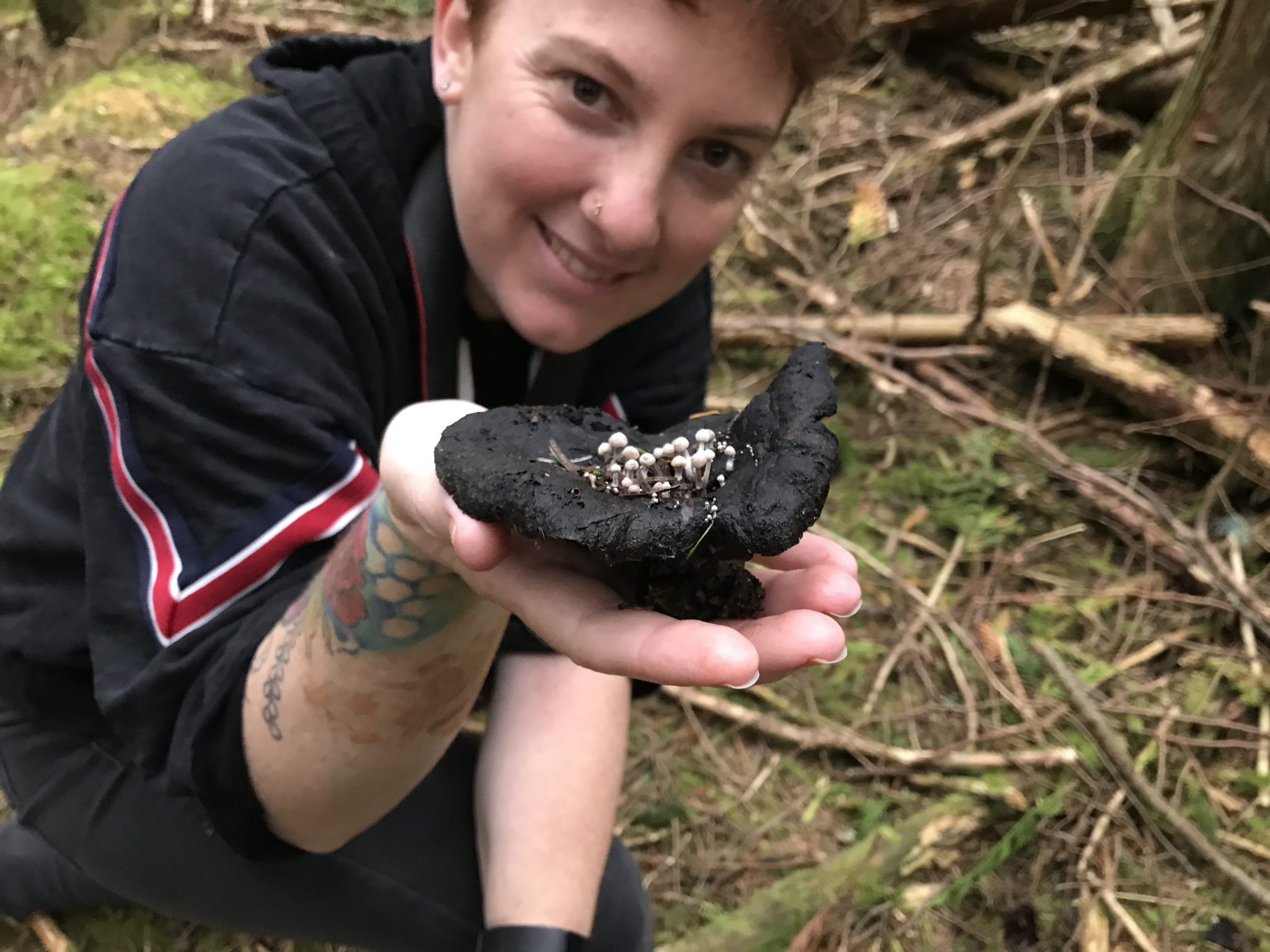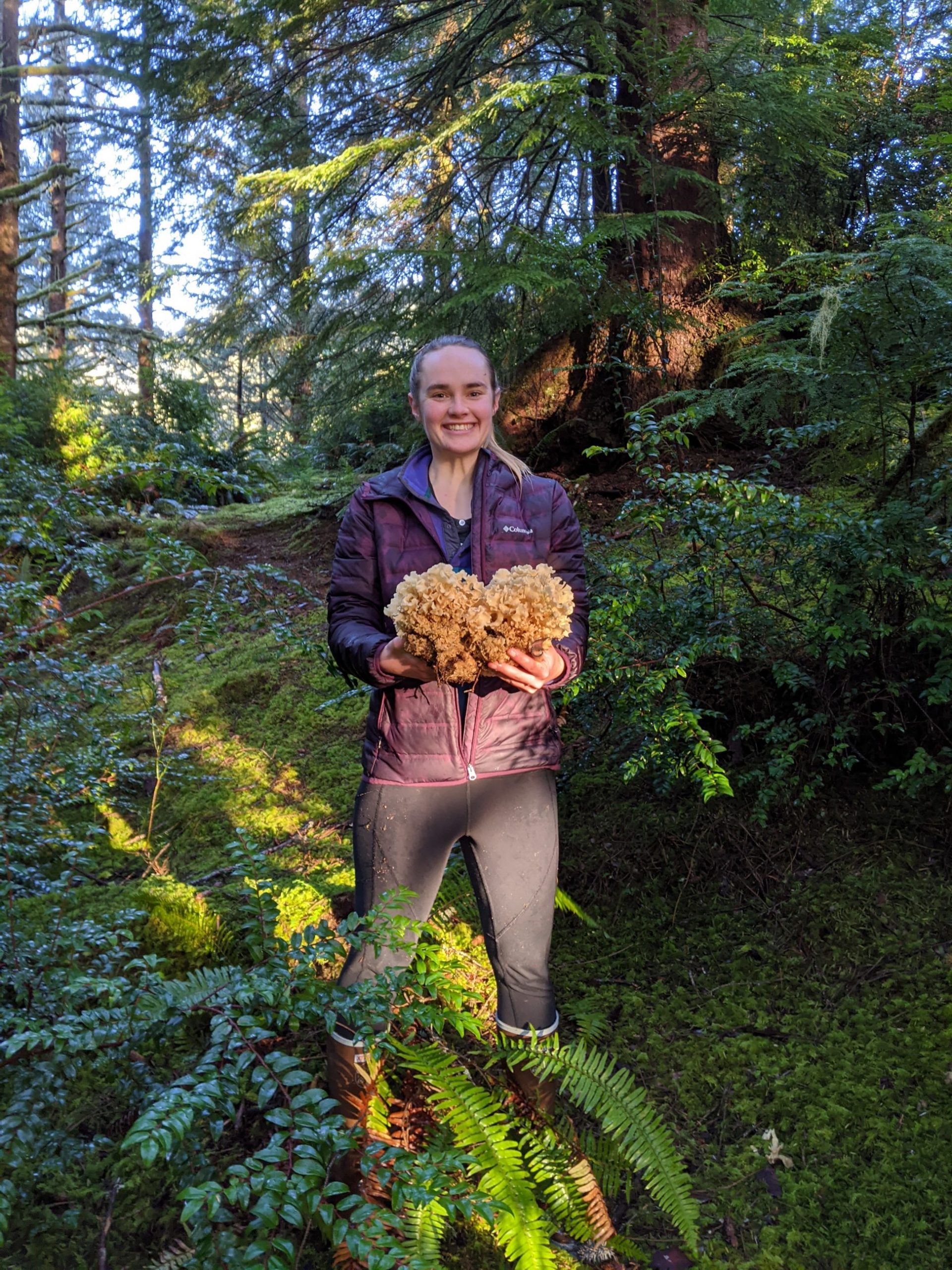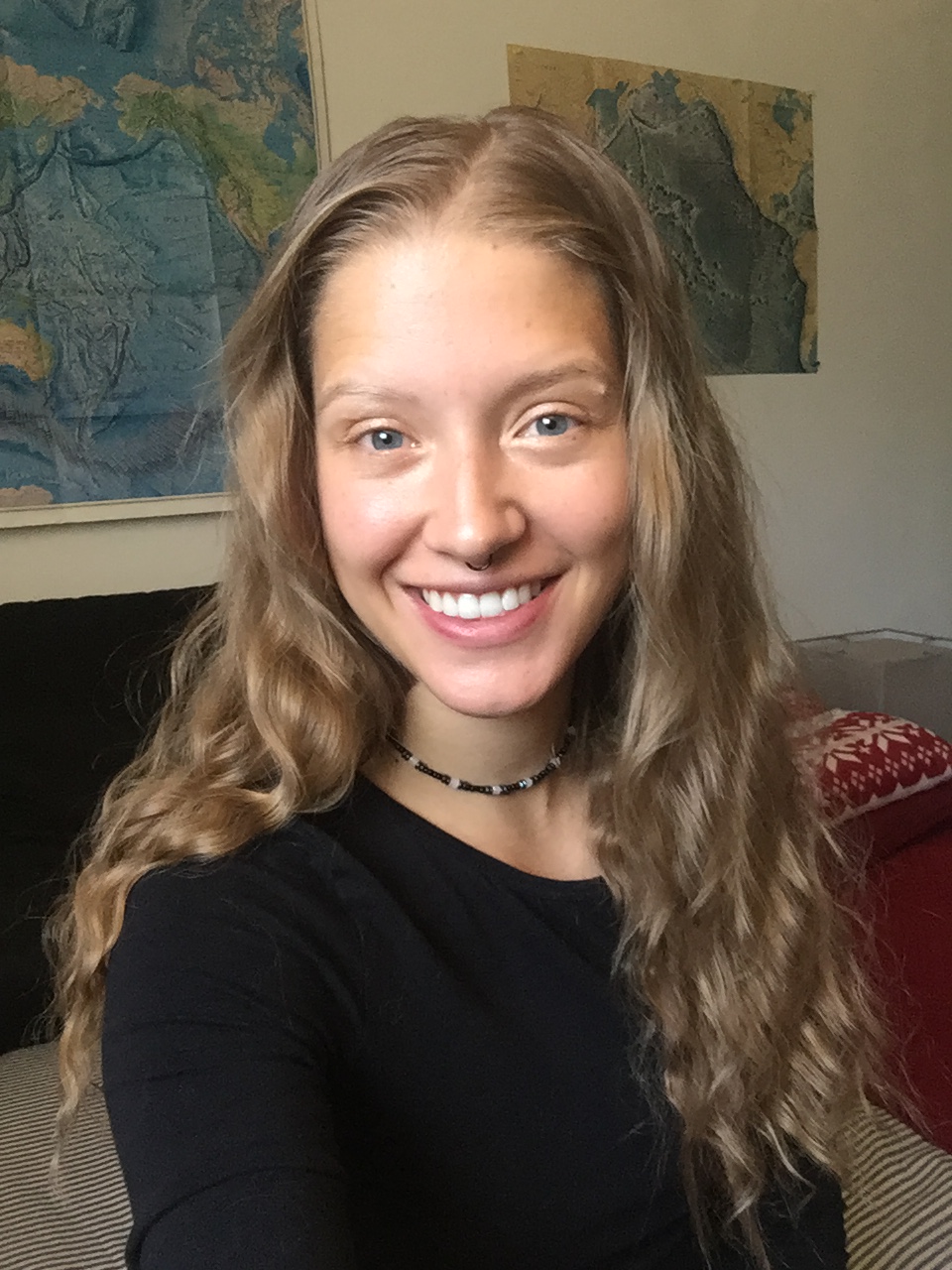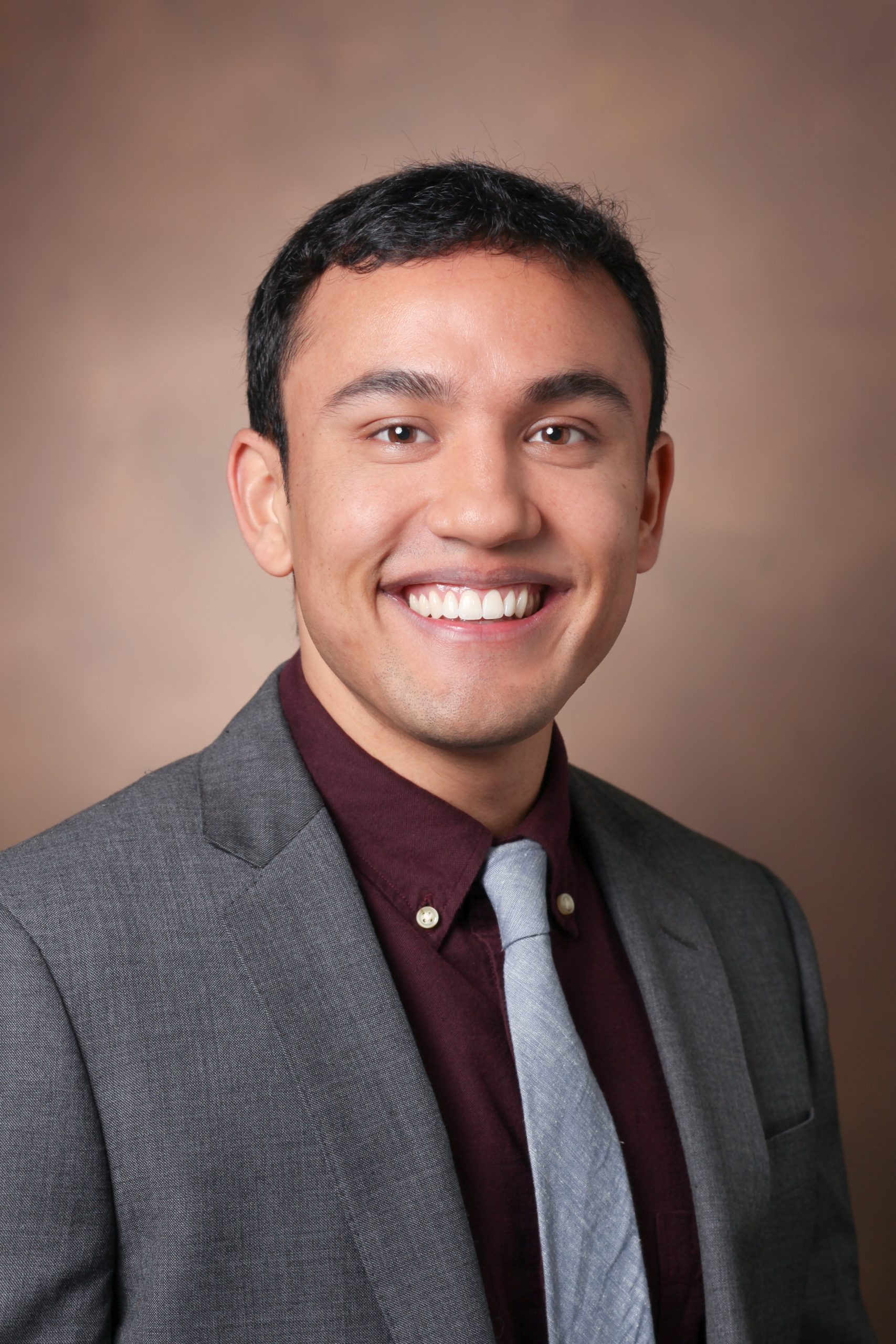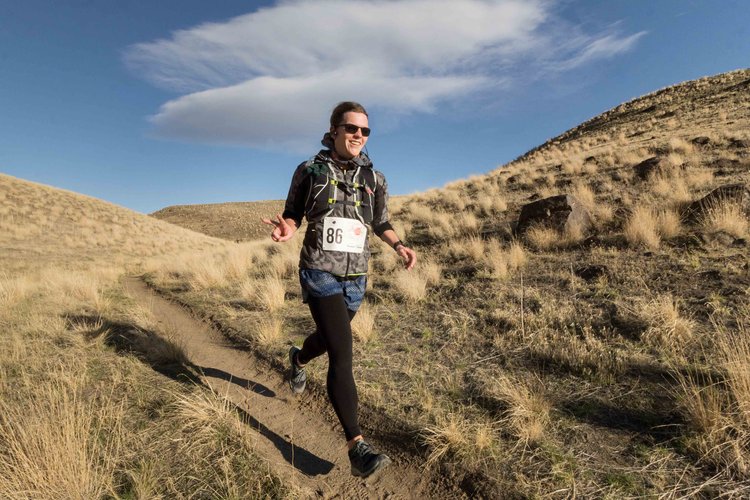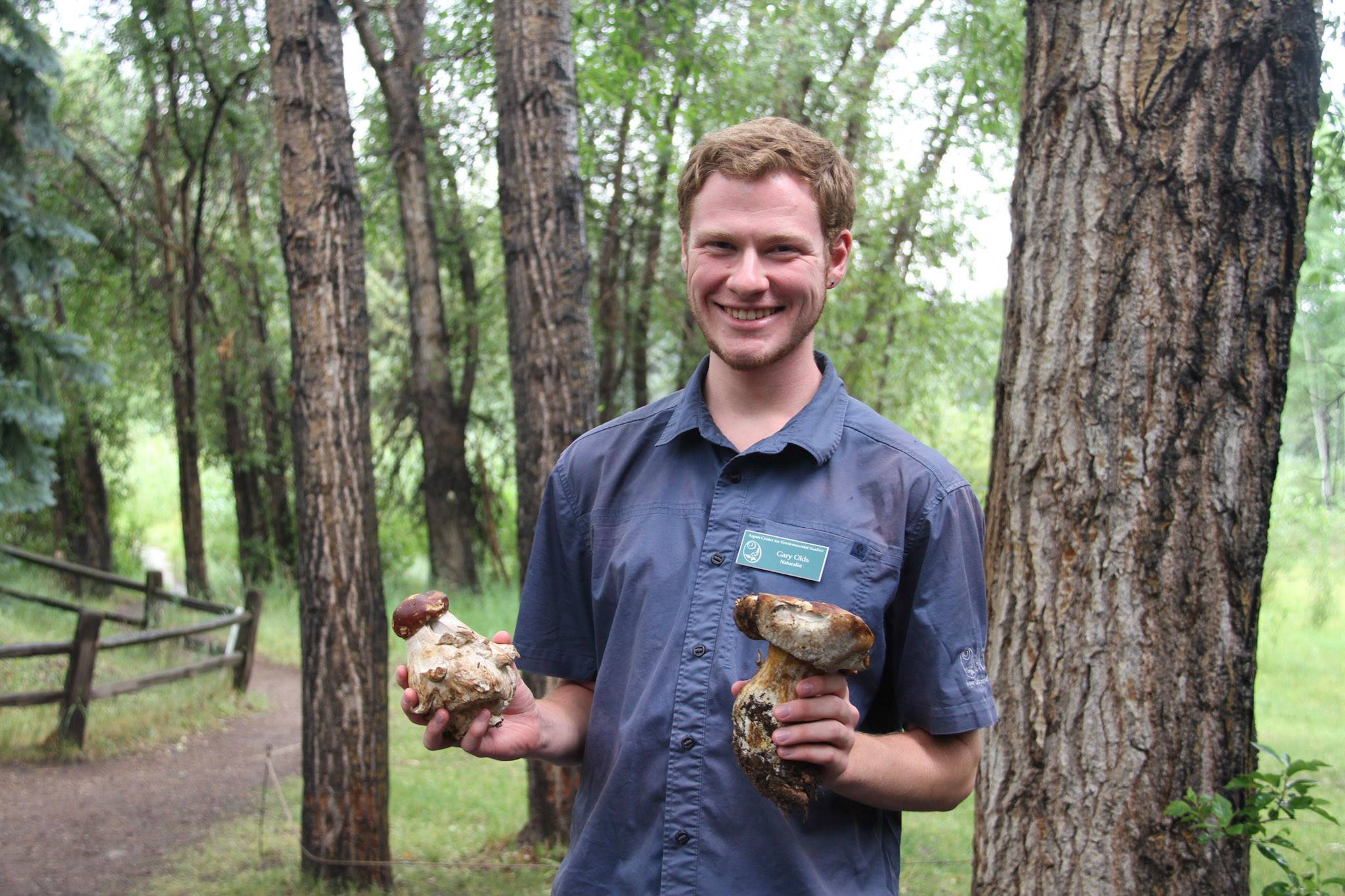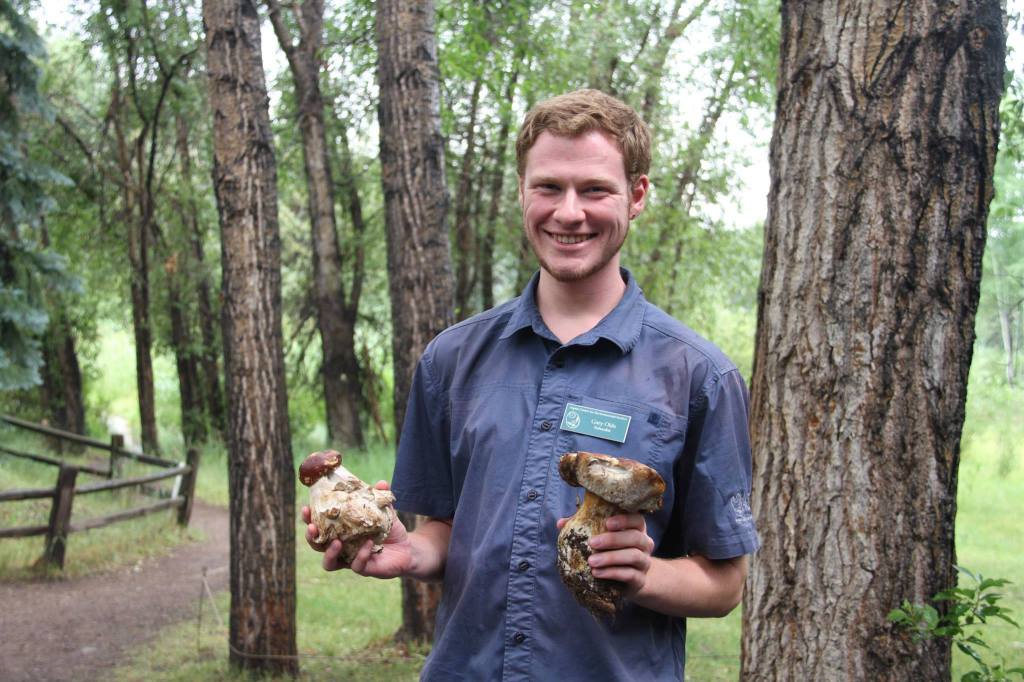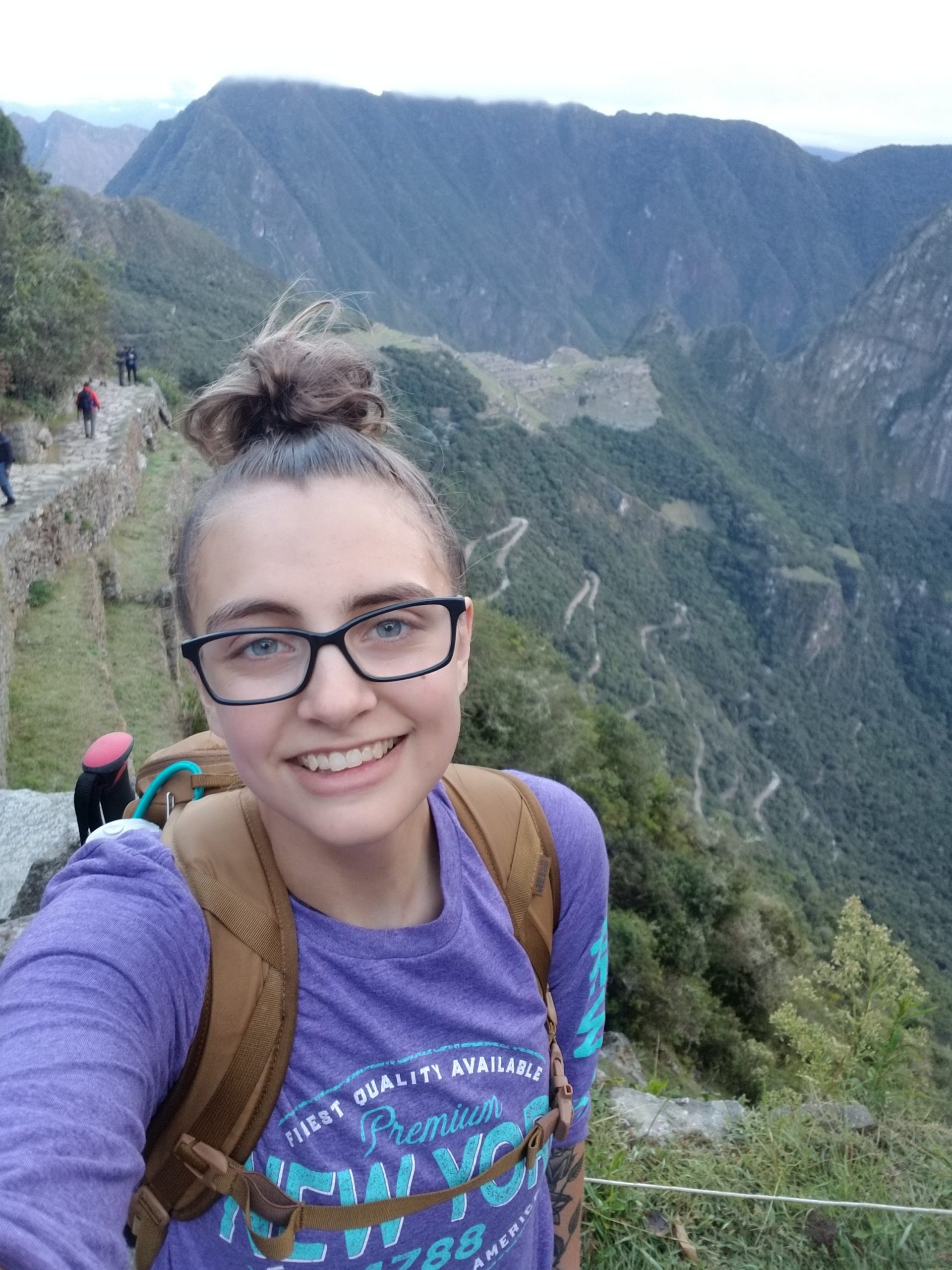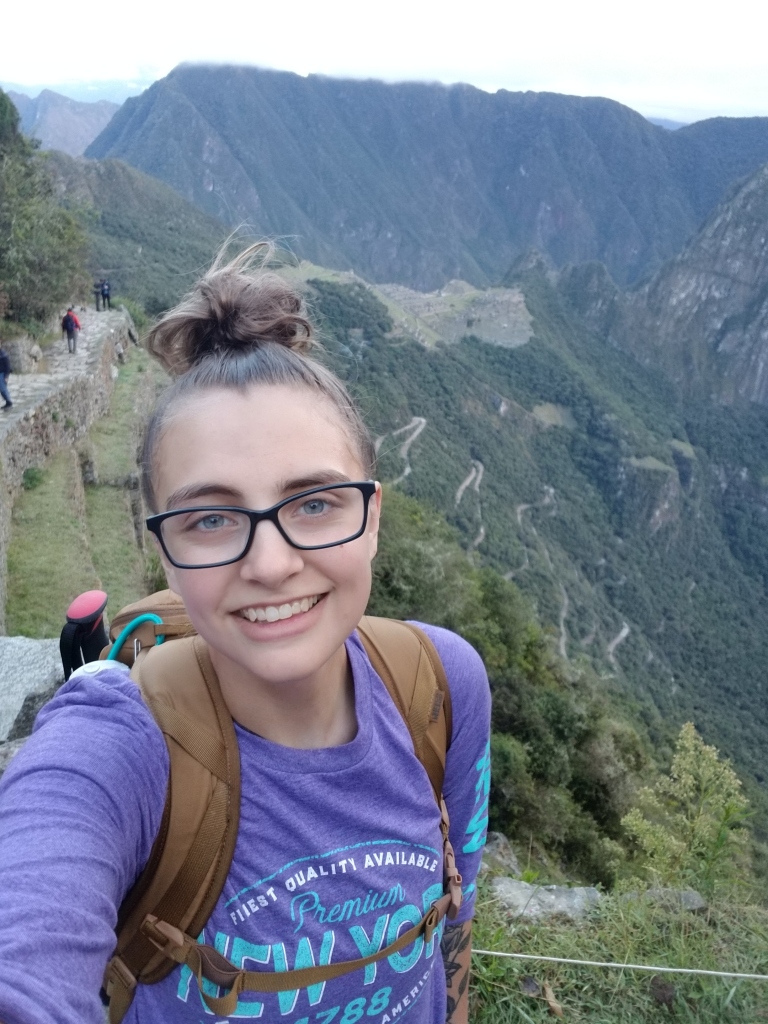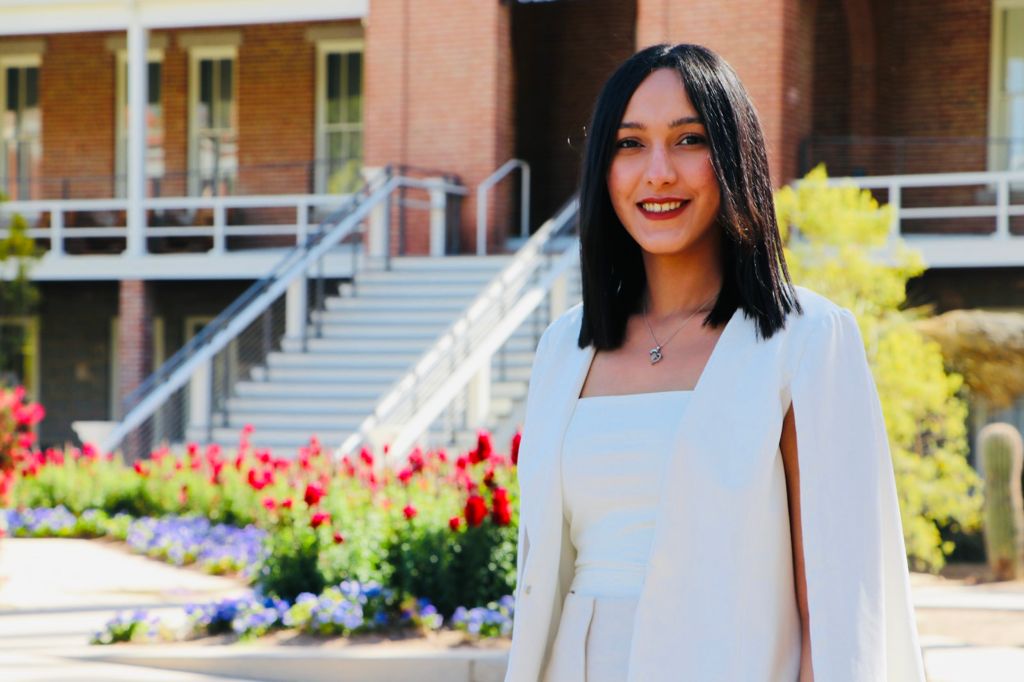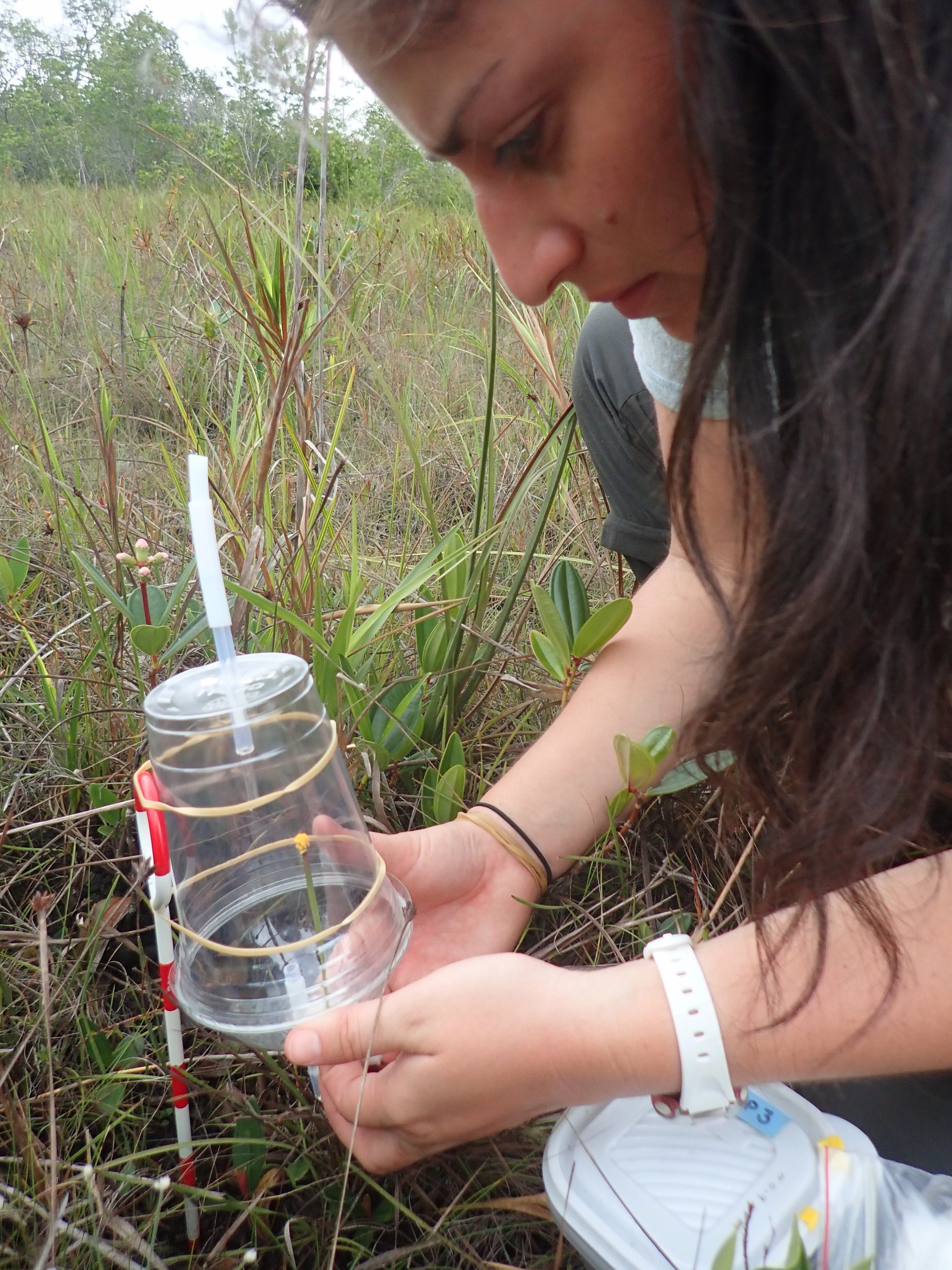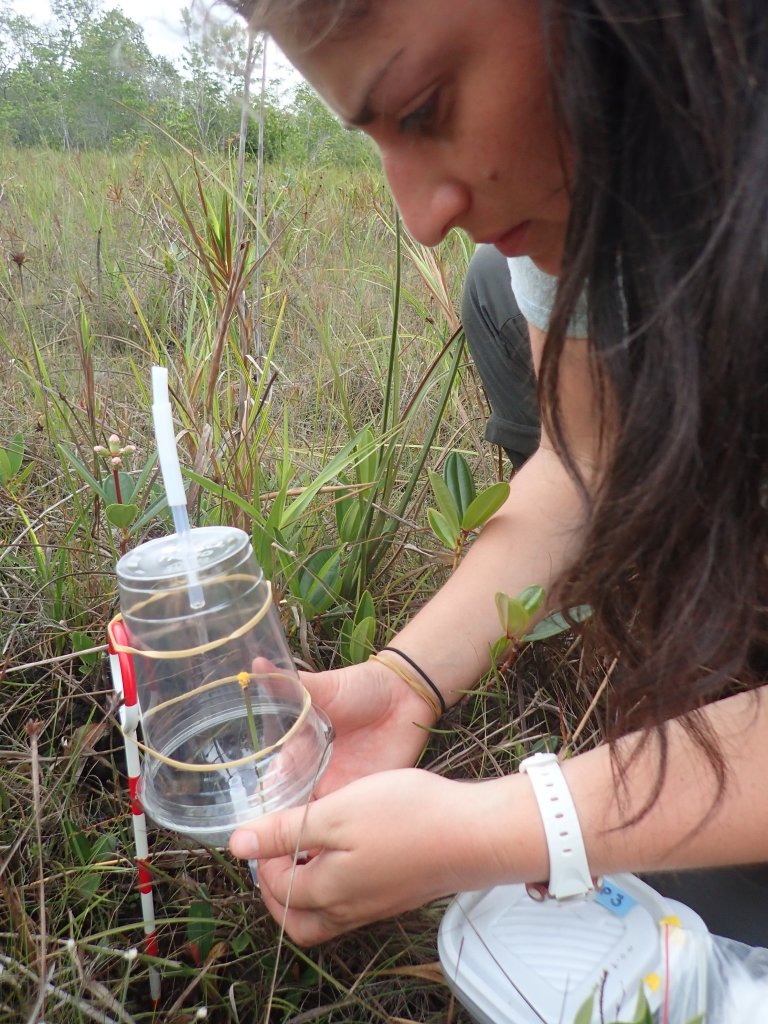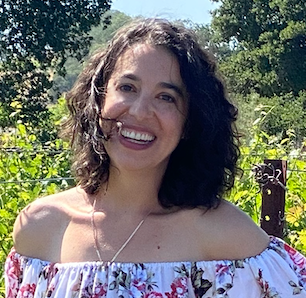
Marina De León is from the East Coast and is currently a PhD student at UC Davis working with Dr. Jonathan Eisen.
Tell us about your project!
The invasive, pathogenic fungus Batrachochytrium dendrobatidis (Bd) is destroying amphibian populations across the world. Understanding Bd epidemiology and treatment options is imperative to saving many species from extinction. My research incorporates field, lab, and bioinformatics techniques to study how Bd is spreading and how the fungal infection can be treated. I test amphibian skin-associated bacteria for possible anti-fungal effects by observing whether the bacteria can inhibit the growth of Bd, and also use genomic techniques to analyze Bd dissemination over large spatial scales.
What is your favorite fungus and why?
Bd is my favorite fungus because although it is causing amphibian populations to decline rapidly, it really is a fascinating organism. It is a unique, semi-aqatic, parasitic chytrid that we learn more about every day. We don’t even know how it reproduces sexually yet! To science and research it’s “the gift that keeps on giving”.
Which awards would you like to brag about?
The NSF-GRFP (2017), Smithsonian Tropical Research Institute short term fellowship (STRI-STF) (2019), UC Davis Center for Population Biology graduate research award (2020 and 2021).
What are your career goals/plans for after you’re done with your current position?
I would like to work in wildlife and environmental conservation in whatever manner I can!
What is your favorite fact/thing about fungi?
Many types of fungus, including chytrids produce zoospores, meaning their spores have flagella making the spores motile, and they actually use chemotaxis to move to toward a nutrient source. This is an incredible and unique function!
Who is your mycology role model?
Dr. Cassandra Ettinger
Any great stories from field work?
I was hiking through a jungle in Costa Rica in the middle of the night looking for a rare population of nocturnal frogs to collect skin swabs in order to test them for Bd infections. I hadn’t heard any sounds for hours, other than crickets, until I heard the most eerie sound on Earth – the hauntingly beautiful song of a lesser potoo bird. At the time I didn’t know it was a bird, and the posibility crossed my mind that I had actually died. That’s it. That’s the story, and I hope you look up this bird’s call.
(Editor’s note: Here it is…)
What do you like to do in your free time? What are your hobbies?
I enjoy using the SEEK app to take pictures of fungi and identify them. I then like to upload the photos and IDs to iNaturalist to see which mycologists get into arguments over the identification suggestions.

